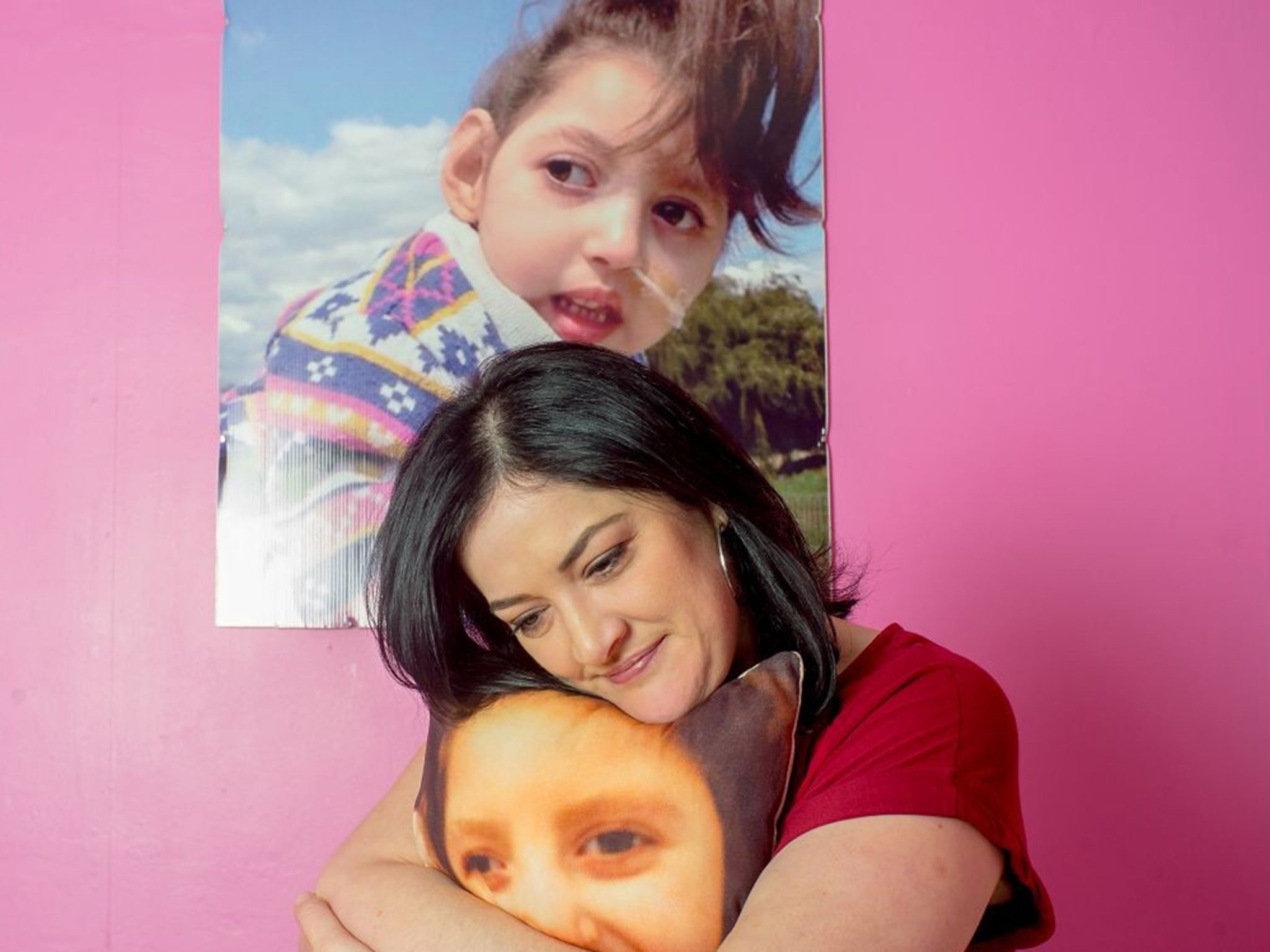How research aims to ease the double agony of children’s pain at GOSH
Actor and Great Ormond Street Hospital supporter Richard E Grant on the groundbreaking work of the Louis Dundas Centre


It is beyond distressing to see a child suffering in pain, but how do you help them when they can’t tell you where it hurts? At Great Ormond Street Hospital, solving a problem like that is the tough job of the academic paediatric pain anaesthetist Dr Suellen Walker. On her daily round of the wards, Dr Walker sees children who are tender from surgery, who are undergoing severe treatments such as chemotherapy or who are in agony with chronic pain.
Researching pain in children is critical because, as it stands, much of the existing research is based on adults and we now know that children react very differently to pain. What’s more, children respond differently to pain as they grow up, and unless we can find the specific reasons behind this, some children will be forced to continue suffering for days, months or even years.
This is a tragedy we can avoid, but only with the help of vital research. Research into pain in children has historically been critically underfunded because charitable funding is usually based on a specific condition, whereas consultants such as Dr Walker see children from across the whole spectrum. But by supporting the Give to GOSH appeal you are helping her to find new and better ways to keep young patients free from pain.
Your incredibly generous support is helping to fund important research by Dr Walker into neuropathic pain in children of different ages. Neuropathic pain arises from damage or disease within the nervous system and is one of the most difficult types to control. According to Dr Walker it is often experienced by children with very complex conditions, like those supported by the Louis Dundas Centre for Children’s Palliative Care, which Dr Walker works closely with to understand more about the sometimes terrible pain felt by children with life-threatening illnesses.
The awful feeling of helplessness that often comes with this kind of pain is one that Sonay Mustafa, from Enfield, remembers well. Her precious daughter Kader was supported by the LDC before she passed away at the age of six, and sadly the pain she suffered is something that has stayed with Sonay.
“Kader was sometimes in a lot of pain and I would feel so helpless,” Sonay says. “There’s this terrible sense of guilt that you’re not helping your child enough, that you can’t take their pain away.”
To bring comfort to children like Kader, Dr Walker’s research team is looking at the mechanisms underlying neuropathic pain, to better understand why nerves send spontaneous pain signals. In the lab at the UCL Institute of Child Health, they will examine how nerve fibres involved in pain signalling are affected by disease or injury. Sensory testing on the wards at GOSH will then assess children to see how much it hurts, and where, so they can be helped as much as possible by the wonderful staff at the hospital.
According to Dr Walker, the sensory testing involves using “specialised equipment to measure responses to stimuli, such as touch, pressure and temperature, which tell us about the function and sensitivity of the small nerve fibres, and whether the treatment is working”.

This is leading, breakthrough research that in the future could mean that a child with a life-threatening illness could more comfortably enjoy the precious time they have left with their family. By supporting this appeal, you are making a difference. You are supporting the crucial next steps towards important research breakthroughs and helping the hospital move closer to providing pain relieving treatments so desperately needed by sick children.
Just the touch of a bed sheet can be agonising when nerve pain is not properly managed. Tarun Sundersingh, from Ilford, who has a rare condition called multiple pterygium syndrome, is an example of a patient who experienced intense, chronic pain and remembers that no one could really explain why.
“When I was 16 years old, during my GCSEs and my first year of college, I really experienced extreme pain,” says 19-year-old Tarun. “It ran from my hip to my knee and kept me awake at night, so I was missing a lot of school. It felt like the pain was taking over my life. I was prescribed many different tablets, and given anti-depressants to help me sleep. None of the doctors could say exactly what the issue was.”
Fortunately, Tarun went on to a pain management programme at GOSH and was given pain management techniques that eventually helped him go back to school. No child deserves to suffer and miss out on basic things like a good education, sleeping through the night or playing with friends, and with your support, research by Dr Walker’s pain team could bring children relief earlier and faster so they don’t have to.
I cannot begin to comprehend what it must be like to watch a child in extreme pain, and from speaking to Dr Walker, it is clear it isn’t an easy job. She admits: “It is very hard seeing children suffering from some types of pain that are difficult to control. However, this motivates us to continue our research and make further improvements in care, and it is wonderful to see children recover and begin to enjoy their life again.”
To find out more about our charity auction and to make your bid, please visit www.givergy.com/charity/gosh
Join our commenting forum
Join thought-provoking conversations, follow other Independent readers and see their replies
Comments